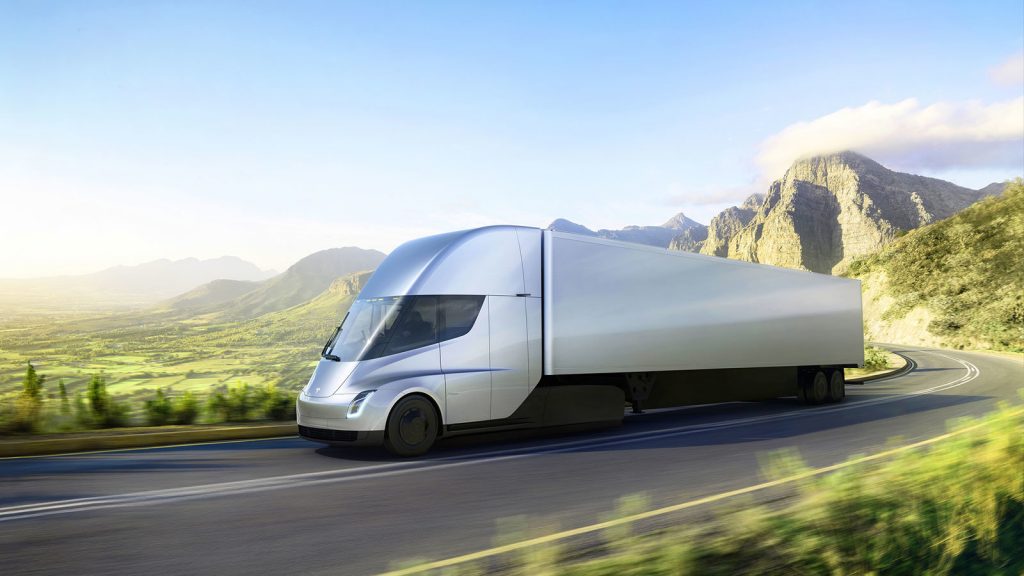
There are countless factors to consider when purchasing a semi-truck, and it’s important to carefully consider them all. In the complex and dynamic world of trucking, it’s easy to become overwhelmed with all of the various facets. One of the most important decisions when it comes to buying a semi-truck is whether to go with a new versus a used vehicle. While both have their individual pros and cons, many drivers choose to go with a used truck for various reasons.
If you’re considering purchasing your first semi-truck, it is important to consider the logistics of the purchase. Here are some factors to consider when weighing the pros and cons of a used semi-truck vs a new one.
Budget Talk
Obviously, one of the most important variables during this entire process is going to be your budgetary limitations, assuming they’re present. A used truck can be significantly cheaper than a new one, while still gaining all the features you want. A new truck tends to run you upwards of $150,000 and beyond. For many people, especially those for whom this is their first truck purchase, this is a wildly unobtainable expense, especially when trying to get started in the business.
A used truck gives you a more reasonable beginning expense that is likely more easily tackled while maintaining financial stability on your new journey. You can often find a used truck in good condition for under $75,000, which is vastly more accessible for someone with a stricter budget.
A lower initial cost can also be immensely beneficial for your loaning process. The smaller cost means that you’ll have less to actually finance, leading to drastically lowered loan rates that can save you a lot of money down the road. Check out this helpful resource for more details on semi-truck loans and commercial vehicle financing.
Used Semi-Trucks are Lower Risk
Because the initial cost is lower, it also lowers your risk factors significantly in terms of financial loss. Lower costs up front mean that a change of course down the line is not as huge of a blow to your wallet when a particular truck doesn’t work out the way you might have initially intended. This is also a potential benefit to people or companies who are just starting out. New beginnings contain immensely exciting potential, but they also often aren’t the ideals that we dream of. Lowering initial investments help you keep your losses in check if you decide for a change in career path, or simply a shift in the direction of the company. A used truck allows for an easier change in track than a new truck, because the heavy commitment that comes with a new truck is far more binding.
Potential for Great Quality
Going the used route for your semi-truck purchase doesn’t always mean that you have to sacrifice on the general quality of the truck. Used trucks, if they are somewhat recently produced or renovated, or simply well maintained by their previous owners, can be in excellent condition for you or your staff to utilize. Going for a model that is only a few years old might provide many of the same features that you would typically look for in a new truck, without the hefty price tag that comes along with the “new” sticker.
In fact, many seasoned trucking veterans prefer older trucks to their newer counterparts. It is often insisted that older trucks are sturdier, stronger, and generally more reliable than new trucks. When it comes to valuable opinions, it doesn’t get much more immediate than the drivers themselves, so make sure that you listen to their opinions and desires in order to make the best purchasing decisions for you or your company.
Used Semi-Trucks: Potential Pitfalls
While there is a hefty plethora of reasonable benefits that come along with choosing a used truck over a new one, there are also different risks that come along with the territory. There are certain conditions associated with any used vehicle that put you at a higher risk for mechanical problems, increased repairs and heightened operational costs.
The cons of a used semi-truck include, but are not necessarily limited to:
- Increased mileage
- High-polluting, diesel engine
- Internal wear and tear such as seat tears or any internal material damage
- An unknown history that can lead to unexpected repairs or damages
- Unknown habits of previous driver that could have led to excessive mechanical strain
Weighing the Pros and Cons
All of these factors add risk to your truck buying experience, but it’s up to you and your team to decide if you’re ready to tackle them for the financial benefits that a used truck provides. While a used semi contains many unknowns, many owner operators have found it to be the best option for their current situation. Just make sure that you do plenty of research and properly educate yourself before committing to such a significant purchase.
To get started in the wild world of trucking, apply for a semi-truck loan and begin the process today. You can also stay up to date on the latest industry news and gain insight into this dynamic field with our blog.




